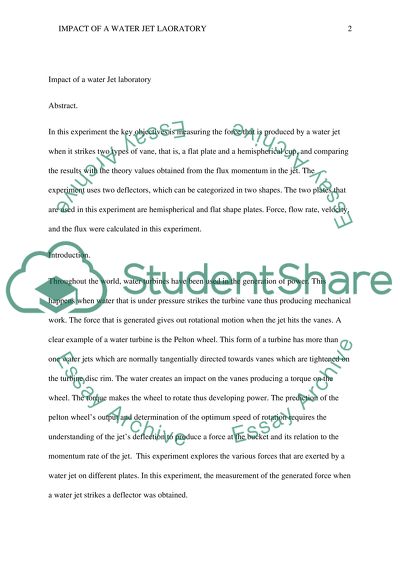Cite this document
(“Impact of a water Jet laboratory Lab Report Example | Topics and Well Written Essays - 2750 words”, n.d.)
Retrieved de https://studentshare.org/engineering-and-construction/1460055-impact-of-a-water-jet-laboratory
Retrieved de https://studentshare.org/engineering-and-construction/1460055-impact-of-a-water-jet-laboratory
(Impact of a Water Jet Laboratory Lab Report Example | Topics and Well Written Essays - 2750 Words)
https://studentshare.org/engineering-and-construction/1460055-impact-of-a-water-jet-laboratory.
https://studentshare.org/engineering-and-construction/1460055-impact-of-a-water-jet-laboratory.
“Impact of a Water Jet Laboratory Lab Report Example | Topics and Well Written Essays - 2750 Words”, n.d. https://studentshare.org/engineering-and-construction/1460055-impact-of-a-water-jet-laboratory.


